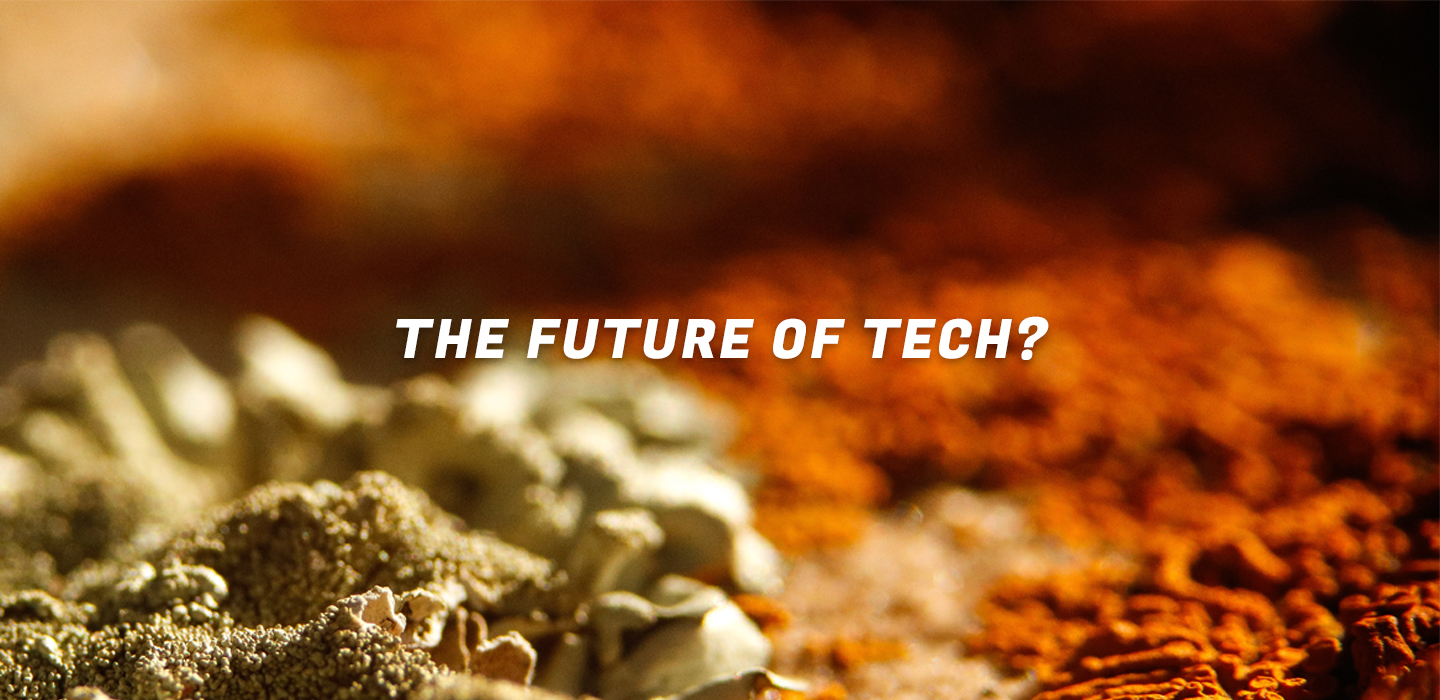
AIANDSLIMEMOULDSINTHEAUSTRALIAN
Artificial intelligence is taking off. Virtual assistants, computer chips, cameras and software packages are increasingly taking advantage of machine learning to create pseudo-intelligent, versatile problem-solvers.
Neural networks, AI modelled on the human brain, strike fear into anyone convinced that AI is already too close to being alive. The truth is it has always been easy to tell the artificial and the living apart — until now.
The Australian has just published Allan Waddell’s take on the biological future of AI. You can read it at The Australian here or the original text below:
This biological-artificial distinction is about to get blurrier, and all of us need to pay attention. Among other developments, researchers at Lehigh University recently secured funding to grow neural networks out of living cells. Essentially, the researchers are going to recreate the neural-network architecture of an artificially intelligent algorithm using living cells. Theoretically, the algorithm should work identically in a petri dish as it does in a computer; the structure of the neural network is irrelevant in computational systems. This is a property of computers for which Justin Garson coined the term “medium independence”. In 2003, Garson said the medium used for computation didn’t matter — a computer could be made out of silicon or wood — as long as the logical basis of the computation was unchanged.
While this research is revolutionary, procedures involving cell-based neural networks have ethicists, law professors, philosophers and scientists raising concerns about using cerebral organoids — what you might think of as minibrains — for neurological research. Regular human brains are generally unavailable for study, so minibrains are a great research alternative. However, because minibrains are, well, actual brain material, ethicists worry they could become conscious if they reach a certain level of complexity. It takes only a small leap to raise these same concerns about growing cell-based neural networks. After all, neural networks are designed to work in the same way as a brain. So, what’s the difference between a human (or more likely, simple organism) brain and a neural network in a petri dish? And what if a research team combined these two approaches and grew neural networks out of human brain cells? All of these questions and more are rapidly forcing their way into public discussion as our biotechnology advances.
And it doesn’t stop there. The next big thing could actually be more advanced organisms like the slime mould. Believe it or not, slime moulds are solving organisational problems that have confounded the brightest mathematicians in human history, and the mould isn’t even trying. Japanese and British researchers created a miniature map of Tokyo, stuck a bit of Physarum polycephalum mould on Tokyo, and put some oatmeal on other major cities in the greater Tokyo Area. Within a week, the mould had recreated a pathway model of Tokyo’s train system, simply by doing what mould does best: growing and seeking out nutrients. The New Jersey Institute of Technology boasts a “Swarm Lab” that studies “swarm intelligence” found in everything from colonies of ants to dollops of mould, in an attempt to learn how organisms make decisions — research that could one day refine the algorithms behind self-driving cars, among other things.
Network design by slime mould is an astounding breakthrough. Consider that when Japan began building its high-speed rail network in the late- 1950s, it was financed in part with an $US80 million loan from the World Bank. Adjusting for inflation, that totals more than $US680m, and some estimates put the actual cost of the train system at twice the original loan amount. Of course, a lot of this money was spent on materials and paying construction workers, but using general project cost estimates from a civil engineer, we can guess at a design cost of roughly $US54m. So, give a little mould a week to grow, and it will replicate tens of millions of dollars of design work for practically nothing. Furthermore, Tokyo’s rail system wasn’t designed and built all in one go; the rail system has been in some stage of development since 1872. The design produced by the mould nearly mimicked the final result of more than a century of development.
Network design is no simple task and the problems involved are some of the hardest to solve in computer science, generally requiring lots of approximations and algorithms. The slime mould isn’t concerned about the fancy mathematics, though. It simply spreads out, finds food, and then develops the most energy-efficient way to move nutrients around its mouldy network-body. The researchers involved in this project crunched some numbers and determined that, if constructed, the mould’s design would be “comparable in efficiency, reliability, and cost to the real-world infrastructure of Tokyo’s train network”.
The humble slime mould is teaching a lesson many business leaders should heed. Technologies like AI and machine learning are developing at an amazing pace, but we don’t yet know where they’re taking us. What we do know is that just like the mould, environments need to have the right conditions for these new technologies to thrive.
Allan Waddell is founder and CEO of Australian enterprise IT specialist Kablamo.*